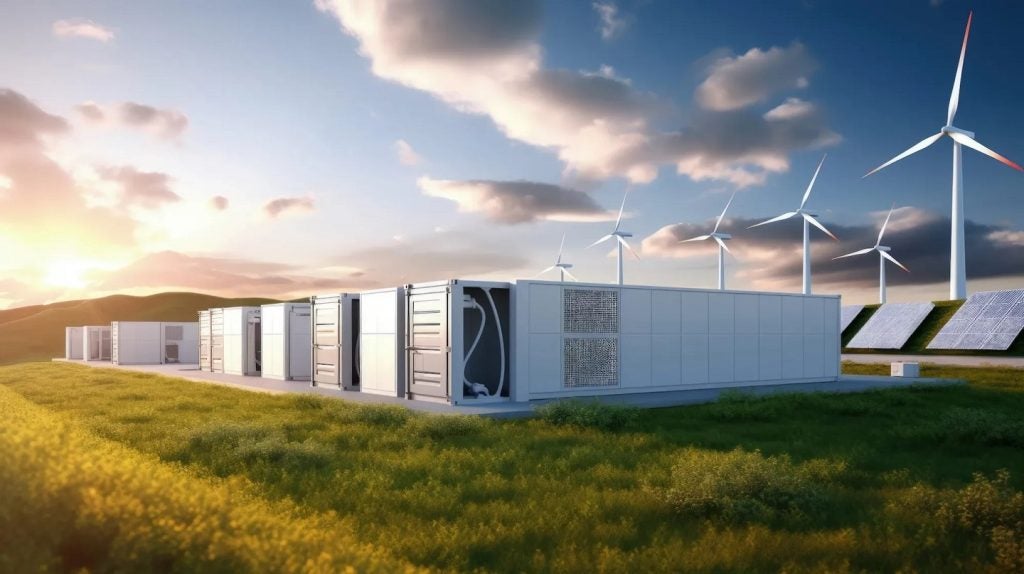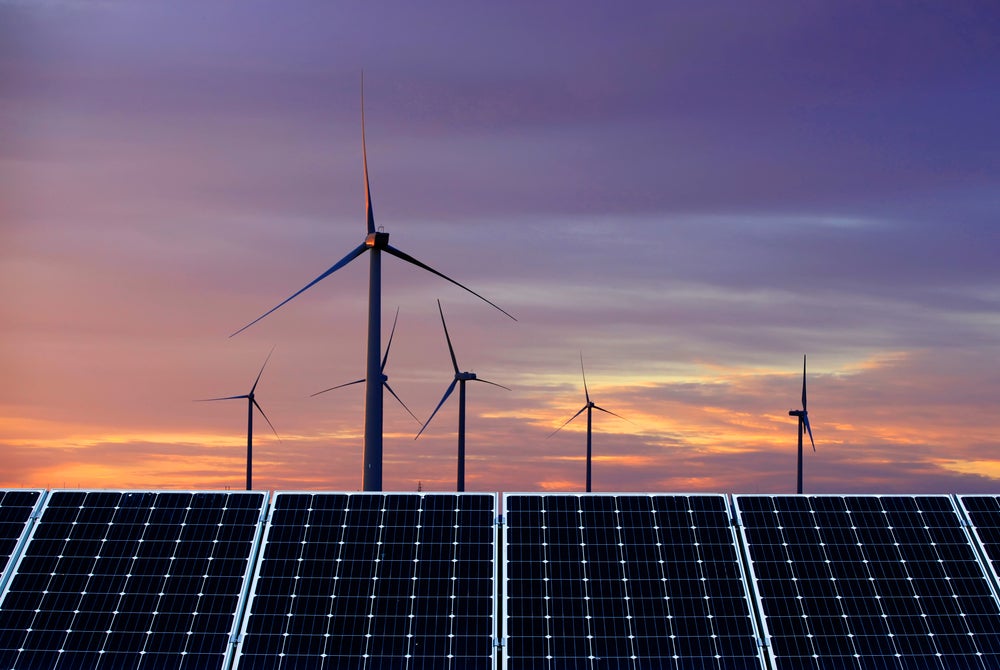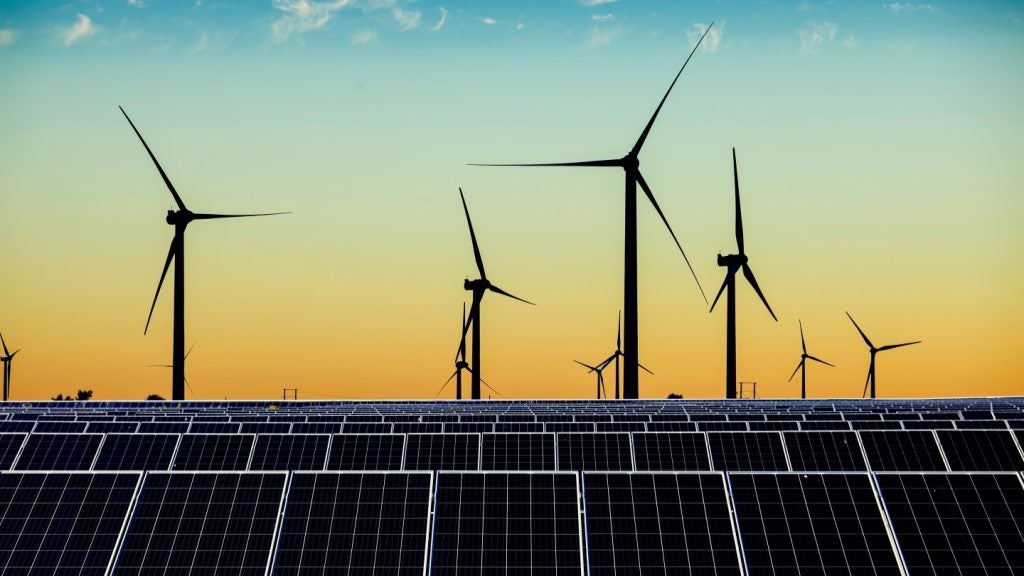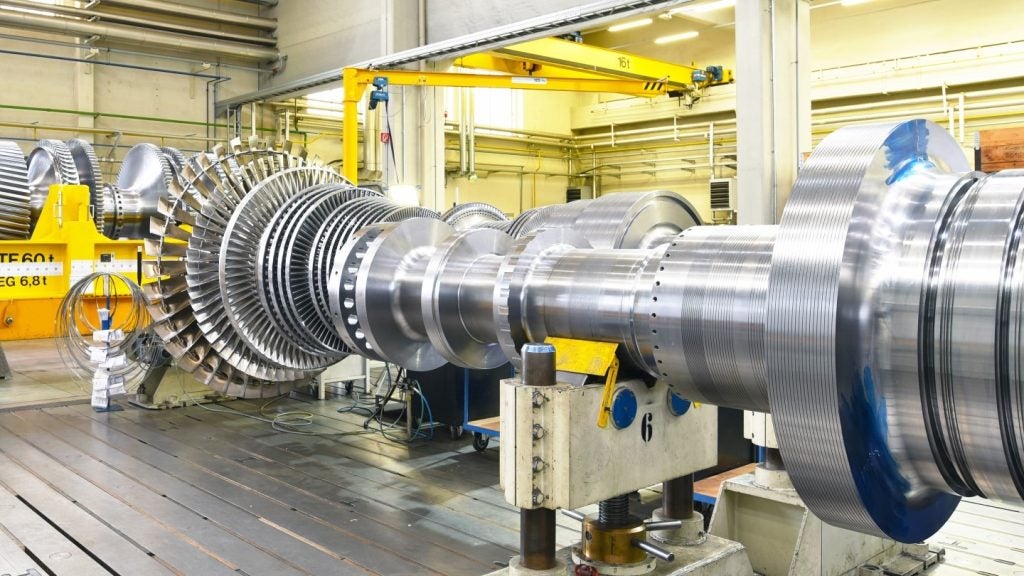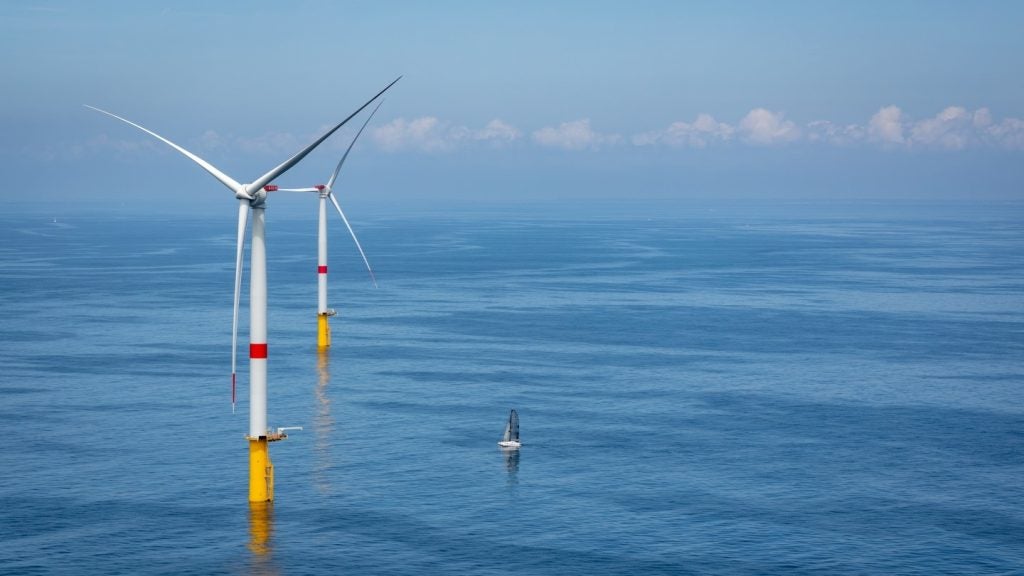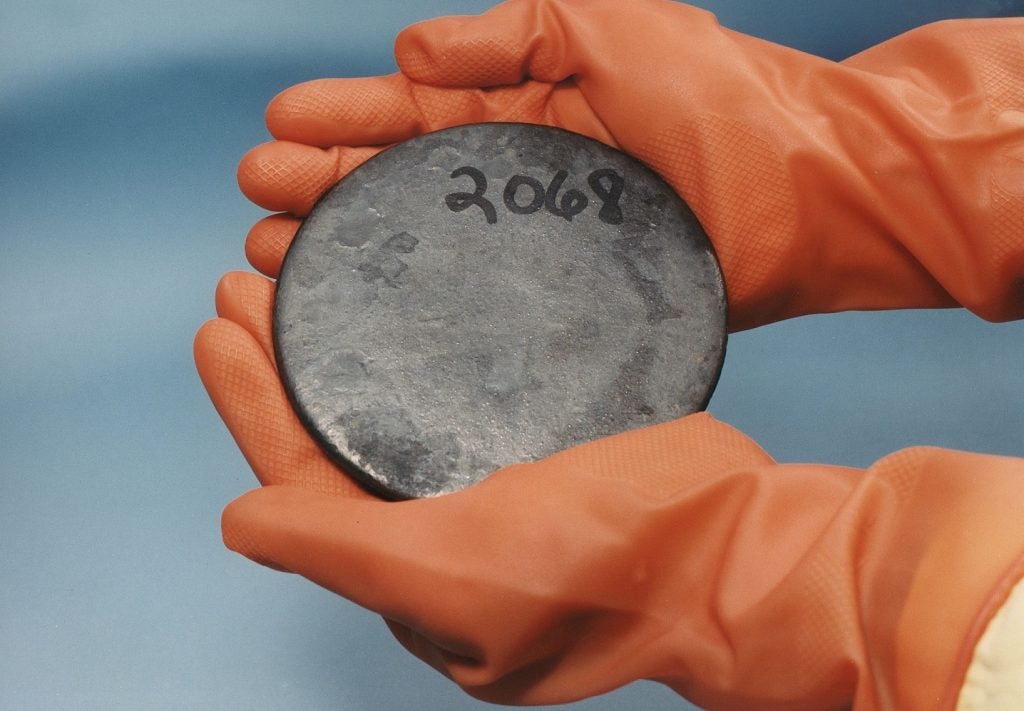Private equity firm Gaw Capital Partners and BW ESS have created Valent Energy, an investment platform focusing on utility-scale battery energy storage systems (BESS) in Australia.
Valent Energy will manage a portfolio that includes more than 1.6GW of battery projects, with three key projects in the states of Victoria and New South Wales.
The projects are fully approved and ready for construction.
The partnership between Gaw Capital and BW ESS will see a commitment and arrangement of capital exceeding A$2bn ($1.43bn).
The investment will boost the development and expansion of Valent Energy's pipeline of assets.
Gaw Capital Partners managing principal, capital markets global head and alternative investments co-chair Christina Gaw stated: “We are delighted to partner with BW in building this battery storage platform together.
“I am confident that Valent will combine our respective strengths in industry and capital markets to underwrite a successful delivery of the battery assets that are urgently needed in Australia’s energy transitioning space.”
BW ESS is a division of energy and maritime group BW Group.
It brings to the table a portfolio of more than 1.5GW of BESS projects in the UK and Nordic countries, with more than 400 megawatt-hours of production currently under construction.
BW Renewables managing director and BW ESS CEO Erik Strømsø stated: “We are excited about the establishment of Valent Energy with Gaw Capital, as it forms part of BW’s commitment to the green energy transition.
“By leveraging the sector expertise, industry relationships and international experience of BW ESS, Valent will be well-positioned to accelerate the growth of Australia’s energy storage capacity, enabling its transition to clean energy.”
Valent Energy's portfolio currently comprises eight battery projects and one solar photovoltaic farm.
Of these, the 240MW Mornington BESS, the 250MW Pine Lodge BESS and the 120MW Apsley BESS have secured development and connection approvals and will begin construction soon.
Three more projects are expected to receive connection approvals in early 2025.


